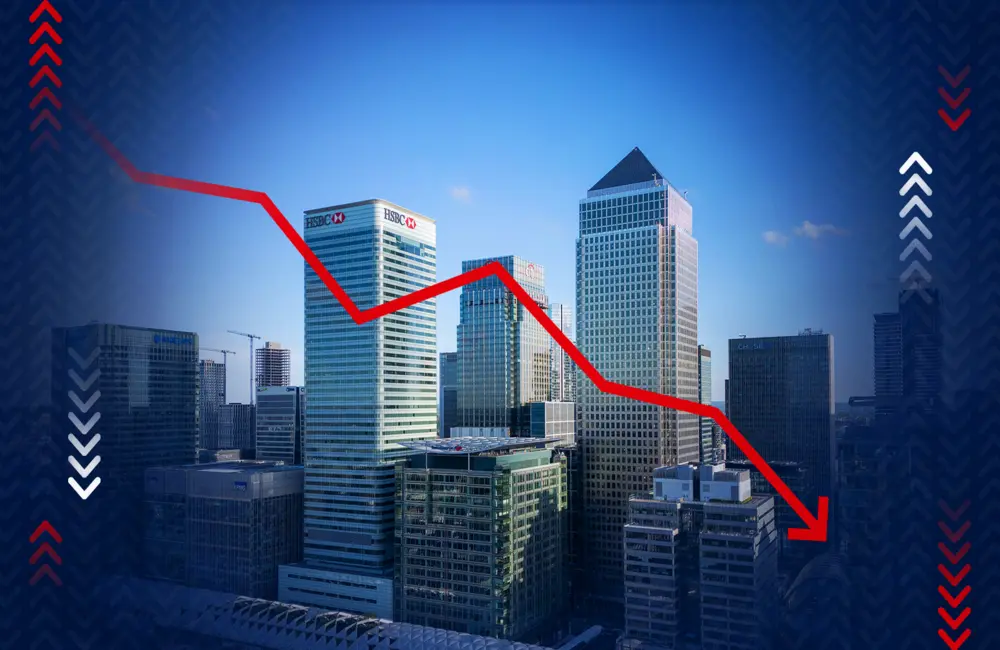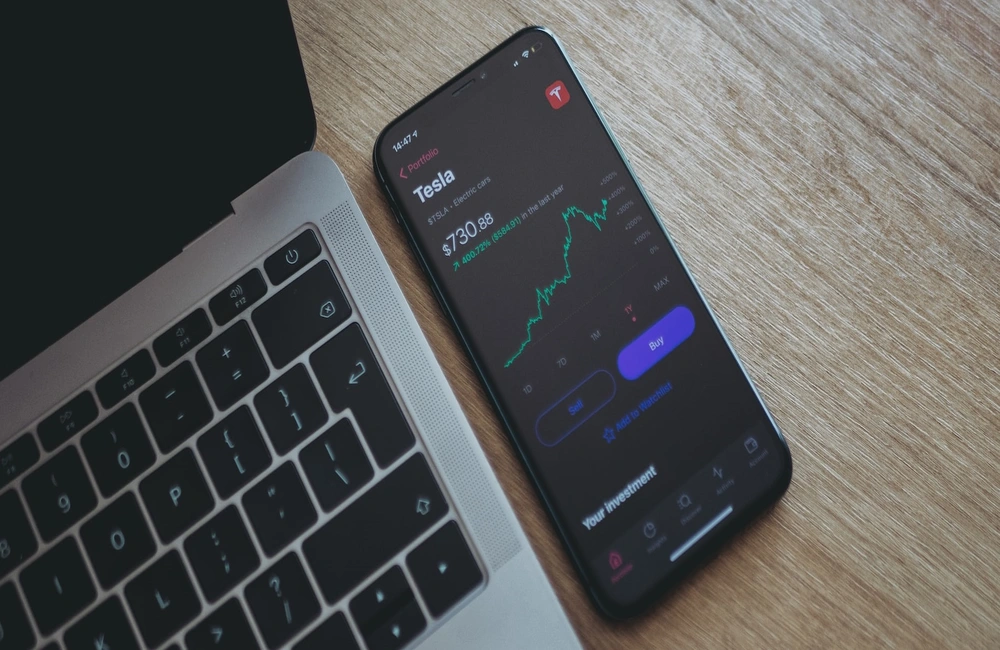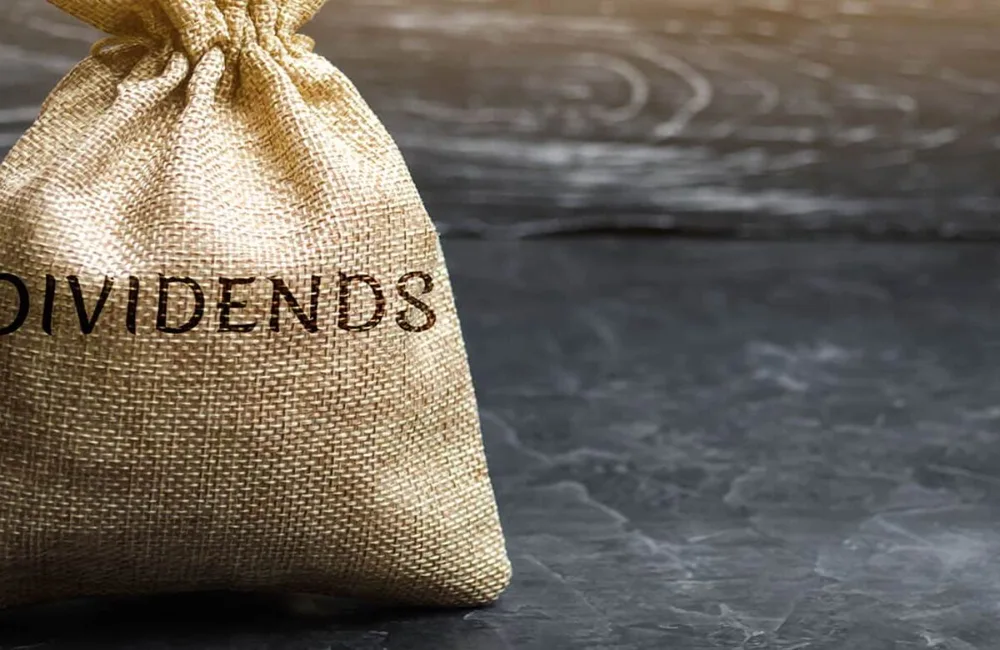The US Federal Reserve raised interest rates for the first time in four years Wednesday, lifting the tech-laden Nasdaq to its biggest 3-day jump since November 2020. Why are tech stocks on a tear after floundering for months in fear of rising interest rates? Market participants cite increased certainty about the Federal Reserve’s intentions and bullish comments from Chairman Powell’s press conference where he said recession risks were “not particularly elevated” and that the US economy is “very strong.”
Don’t give up on the active manager just yet
This week S&P Global published data showing that for a second consecutive year, more than half of Australian large-cap managers had beaten their benchmarks last year. Meanwhile, 80% of Australian international equity managers underperform their benchmark return a staggering 29.1%. Active management remains behind longer term. Over the five-year period, about three-quarters of Australian domestic and international equity managers delivered returns lower than those of the index.
Chinese stocks post record weekly gains and losses
Chinese stocks whipsawed this week. Investors raced out of markets early in the week with a new covid outbreak but flooded back in as the government promised support. Hong Kong’s Hang Seng fell 10.6% on Monday and Tuesday as China quarantined tens of millions and shuttered key manufacturing hubs, heightening fears of more inflationary supply chain disruptions. Shares had their best day since 2008 on Wednesday, helping burnish the outlook after officials pledged to support the market and signalled an end to crackdowns that have pummelled the technology and property sectors. The Hang Seng Tech index gained 32% over Wednesday and Thursday.
Risky business
Derivatives markets are pricing in up to six rate hikes this year—bad news for the quarter of new mortgages that banking regulator APRA deems “risky”, data published this week showed. Debt-to-income ratios were six times, or greater, for 24.4% of new mortgages in the December 2021 quarter, compared to 17.3% a year earlier. Take, for instance, anyone with a gross income below $133,000 who is taking out a mortgage of $800,000.
Magellan makes back losses with buyback
Magellan Financial Group (ASX: MFG) ended sharply lower after announcing an additional $5 billion of outflows since late February. Shares were up from Wednesday, after the fund manager revealed it was planning an on-market buyback of up to 10 million shares, or 5.4% of those on issue. When and how much will take place will depend on market conditions. Number one fund manager for the static-listed fund manager space is Magellan, with analyst Shaun Ler positive on the Global Strategy’s slate of undervalued moat-y stocks.
Covid is back
Case numbers are climbing nationwide in Australia, with New South Wales recording 20,050 new cases on Friday. Victoria recorded 9,036 cases. The more-infectious BA.2 Omicron subvariant that is rapidly spreading and that health officials are forecasting could lead to another wave of cases that may peak next month. The ASX has taken it all in its stride, climbing 3.3% so far this week.
Elon Musk attempts to negotiate peace in Ukraine
Tesla founder Elon Musk challenged Russian President Vladimir Putin to a duel Monday. The stakes? Ukraine. Putin has not yet responded but his ally, Chechen-warlord Ramzan Kadyrov hit back on Wednesday saying “Elona” needed to “pump up those muscles” and offered Musk a trip to Chechnya to prepare. Putin ally Kadyrov controls Chechyna, a Russian republic in the Caucasus, as a personal fief and widespread reports of kidnappings, torture and extrajudicial killings. Musk declined the offer.
Don’t sell your dollars
When US sanctions froze the vast majority of Russia’s foreign currency reserves, commentators predicted that countries such as China would diversify out of US dollars to insulate themselves from financial sanctions. On Wednesday, news started breaking out that Saudi Arabia and China were negotiating a yuan (instead of dollars) payment for oil. But the demise of dollar hegemony seems far off. In 2019, Chinese Yuan accounted for 4.4% of all foreign exchange transactions while Australian dollar and US dollar were involved in 6.8% and 88% of transactions respectively.
Market wrap: ASX in sight of a year to date gain
Australian stocks are set to recover losses that date back to January after a rally this week pushed the ASX to within 2 percentage points of hitting the equivalent year-to-date mark.
The benchmark S&P/ASX 200 index finished 0.6% higher on Friday for a weekly gain of 3.3%, the biggest advance since February 2021. Year-to-date losses have eased to 2% from 4.7% a month ago.
Markets have rallied in response to a drip–feed of positive news on both US inflation and China’s economy. There were big selloffs in Australian energy and commodity early in the week, but by Friday, those had eased as Chinese officials announced support for markets and the country’s covid lockdowns appeared not to be as severe as first feared.
“The classic covid lockdown trade came back mid-week,” said Aaron Binsted, a portfolio manager at Lazard. “In the days afterward, people assessed what’s happening and said, maybe it isn’t so bad, and then the government came out and said, we’re going to support the economy.”
Shares jumped again on Thursday after the US Federal Reserve raised rates for the first time since 2018 and after Chairman Jerome Powell spoke of the strength of the US economy. The Fed’s ongoing efforts to tame inflation without tipping the economy into recession could replace rallies with further volatility, according to Binsted.
“Historically, we tend not to see the damage from Fed hikes this early into the cycle,” Binsted says. The Fed’s own outlook is extremely fluid and divergent at the moment. It could go in either direction and the markets will have to readjust.”
All sectors aside from Materials closed up for the week. The heavyweight industry reduced losses on Friday to finish the week lower 1.2%. Iron ore miners Rio Tinto and BHP dropped 2.1% and 3.2%, respectively. Fortescue Metals rose 0.6%.

























